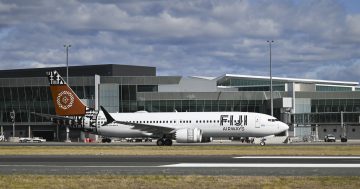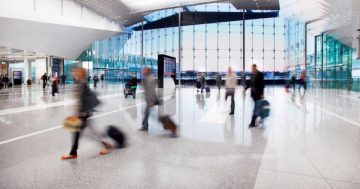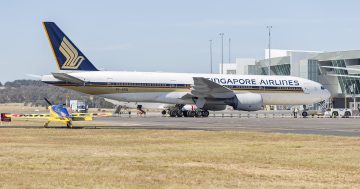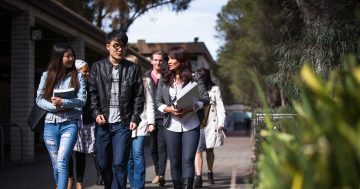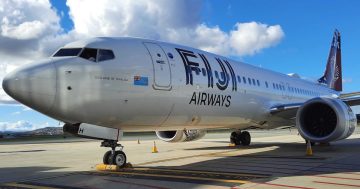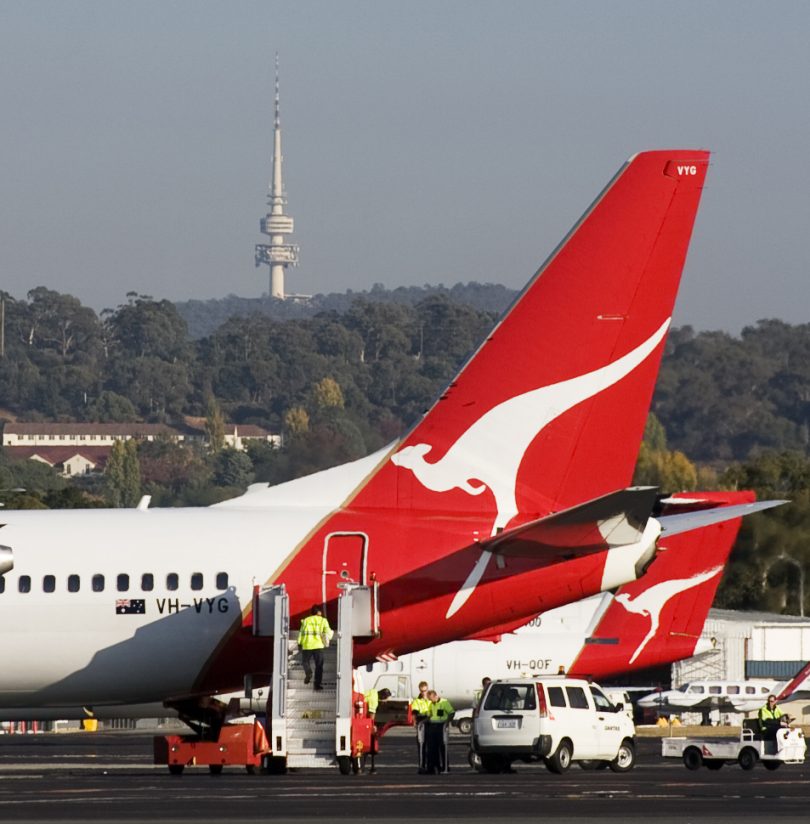
The ACT’s international visitor numbers have nosedived in 2020 from imposed travel restrictions due to COVID-19. Photo: File.
The ACT’s biggest source of international visitors dried up in February this year as Australia imposed travel bans on China to keep COVID-19 out of the country.
According to the Australian Bureau of Statistics, the number of overseas tourists coming to the ACT in this period crashed by 37 per cent compared to February 2019. Chinese visitors were down 83 per cent.
The next biggest falls in tourist numbers were from the US (-38.8 per cent) and Malaysia (-31.6 per cent). However, there were more visitors from Hong Kong (+68.1 per cent), India (+39.7 per cent) and New Zealand (+27.6 per cent) compared to the same time last year.
A total of 9100 tourists visited the ACT in February 2020, compared with 14,400 in February 2019.
Despite the reduction, China still topped the number of visits to the ACT in this recent period at 1000, followed by the US (900) and New Zealand (800).
The collapse of the Chinese market was a blow to the booming ACT tourism sector, but worse was to come in March when Australia announced further travel bans restricting all overseas visitors to the country as part of measures to contain the spread of COVID-19.
The 2018-2019 financial year was touted as the most successful for ACT tourism on record. ACT Chief Minister Andrew Barr was aiming to grow the visitor economy to $2.5 billion by 2020 through concentrated destination marketing efforts and cooperative campaigns with online travel agents and airlines.
Tourism Research Australia figures reveal that 266,278 international visitors came to the national capital in the year ending June 2019. Data for the year ending December 2019 shows a seven per cent increase on 2018 with 270,000 visitors.
Last October, Mr Barr said the ACT’s tourism and hospitality sector had been one of the biggest drivers behind the Territory’s employment growth, supporting more than 16,000 jobs and contributing in excess of $2 billion to the local economy.
But now domestic and international tourism is in a deep freeze until COVID-19 restrictions are lifted and travel, particularly by air, can resume.
Mr Barr was trying to look on the bright side on Thursday, pointing out that domestic tourism could rise if international travel was still restricted in the months to come.
“The value of Australians travelling overseas is a quantum of about five to ten times the value of international tourists coming in, so if Australians can only holiday in Australia, the outlook for domestic tourism is actually more positive,” he said.
“If they do holiday at the levels we have seen before we would actually see a growth in tourism and a growth in tourism for Canberra, but obviously that depends on the public health restrictions being lifted and there being a viable aviation industry into the medium term.
“Right now, with the Commonwealth having to underwrite every single flight, that seems a long way away.”
Another recent blow to the ACT economy was the loss of nearly 5,000 overseas students. The COVID-19 crisis in China meant 4710 students from there could not come to Canberra to start or continue their studies, a fall of 61 per cent from February 2019.
The bulk of overseas students who did not make it to Canberra were in the higher education sector with 4440 fewer students (-68 per cent), followed by the schools sector, with 230 fewer students (-61 per cent) and the postgraduate research sector, with 50 fewer students (-20 per cent).












